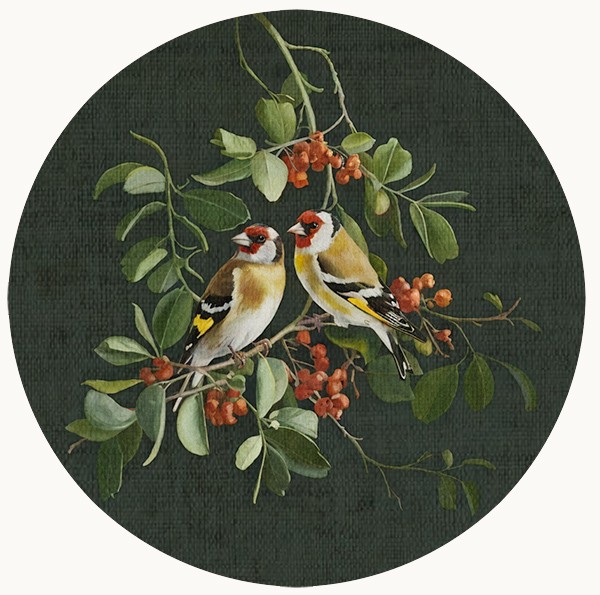Ancient Christian ichthys symbol carved into stone in a Roman catacomb
—one of the earliest signs of faith, simple yet profound.


ENTER OUR VIDEOS
RECEIVE OUR WORK
Enter our full collection of
sacred video meditations on YouTube.
Be notified quietly by email of
our reflections and new videos, free of charge.
Ichthys — An Early Church Fish Symbol
“I am the living bread which came down from heaven;
if any one eats of this bread, he will live for ever;
and the bread which I shall give for the life of the world is my flesh.”
—John 6:51 (RSV2CE)

Ancient Christian ichthys symbol carved into stone in a Roman catacomb
—one of the earliest signs of faith, simple yet profound.
A carved fish on stone in a Roman catacomb, one of the earliest known Christian symbols—simple, silent, and filled with meaning.
Before the cross was used in Christian iconography, there was the fish. The earliest followers of Christ used it not for decoration, but for direction—scratched into walls, marked on doorways, carved onto tombs. It was a way of naming Christ without saying His name aloud. In an age when Christian worship often took place in hidden rooms or underground chapels, the ichthys Christian symbol quietly marked places of gathering, prayer, and burial.
The Greek word ichthys means fish. For the early Church, it also carried a deeper meaning. As an acronym, it stood for Iēsous Christos Theou Yios Sōtēr—“Jesus Christ, Son of God, Savior.” This early Christian fish symbol, simple and silent, became a quiet confession of faith. Drawn by hand, easy to recognize, it marked those who followed Christ. In some places, one person would trace the first arc in the dust —and another would finish the line.
The fish appeared in many forms. In the Roman catacombs, it was painted beside loaves and chalices, echoing the feeding miracles and the Eucharist. On tombstones, it flanked the names of the dead, bearing witness to their hope in Christ. Ancient Christian fish symbols carved in stone have been preserved on funerary slabs, oil lamps, and rings. Clay oil lamps were pressed with the ichthys; ring seals were engraved with it. Some of the oldest known examples come from Christian burial chambers in Rome, where the symbol appeared alongside anchors and baskets of bread. It was also found in mosaics in early house churches, such as the third-century worship hall near Megiddo.
The symbol was never meant to last. It was made to be seen by those who knew what to look for—believers who shared a secret Christian symbol and a hidden identity. But even as Christianity became legal and public, the ichthys did not fully disappear. Other emblems came into prominence—the Chi-Rho, the cross, the Christogram—yet the fish remained in manuscripts and memory as the first form: a sign carved when open worship was not yet possible.
Today, the ichthys is often seen on cars, jewelry, and shop signs. While now carrying the mark in public, we should remember it once marked houses that could be searched. It once stood in place of a name that could not be spoken. It once invited another believer to finish the line, and be known.
